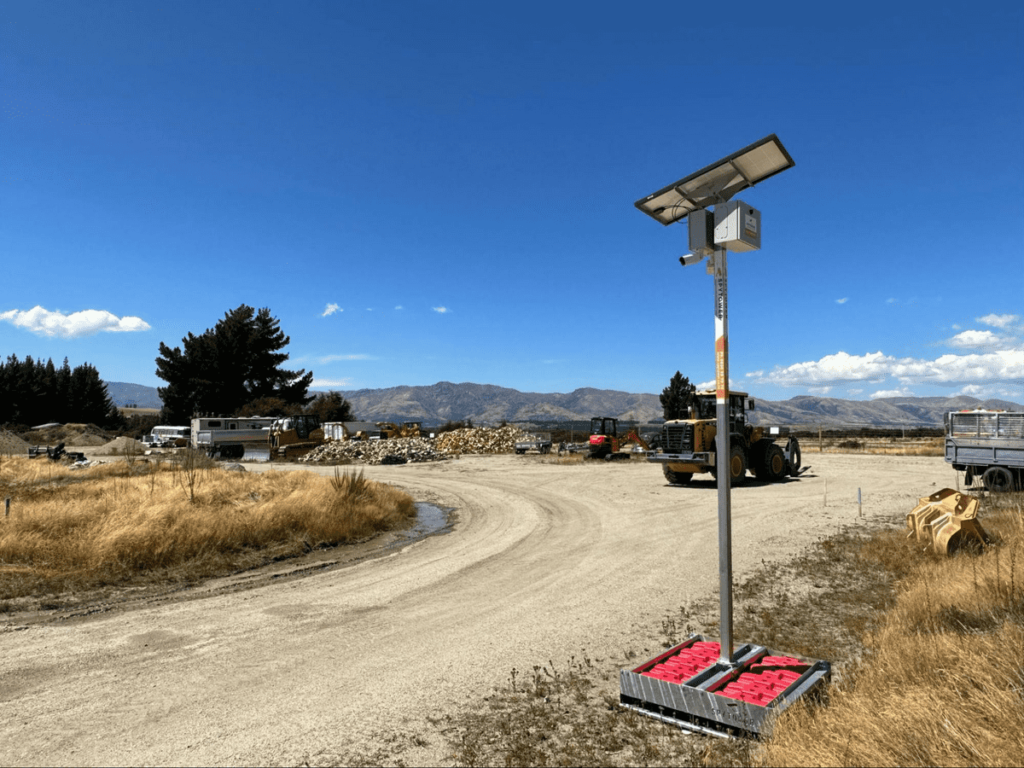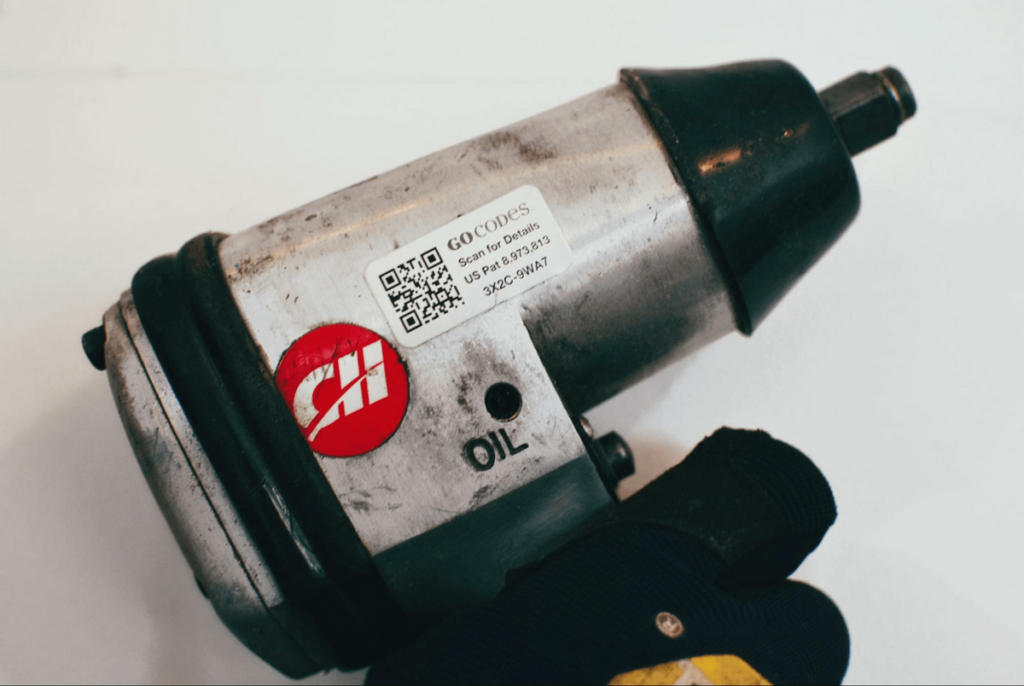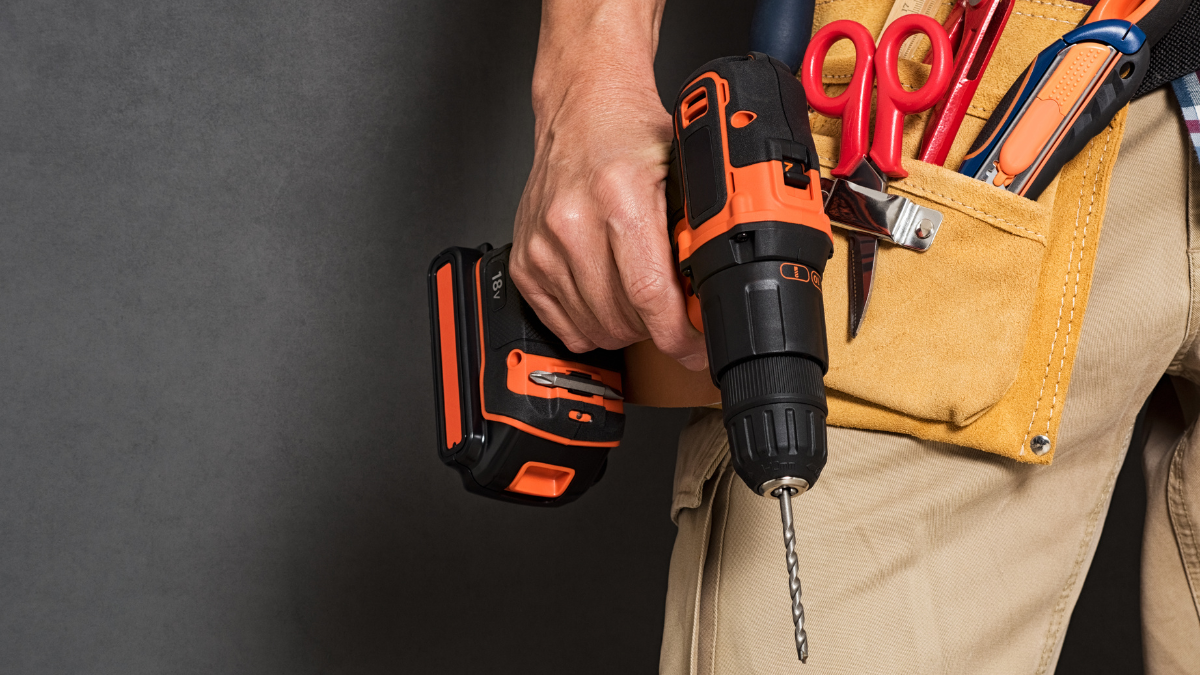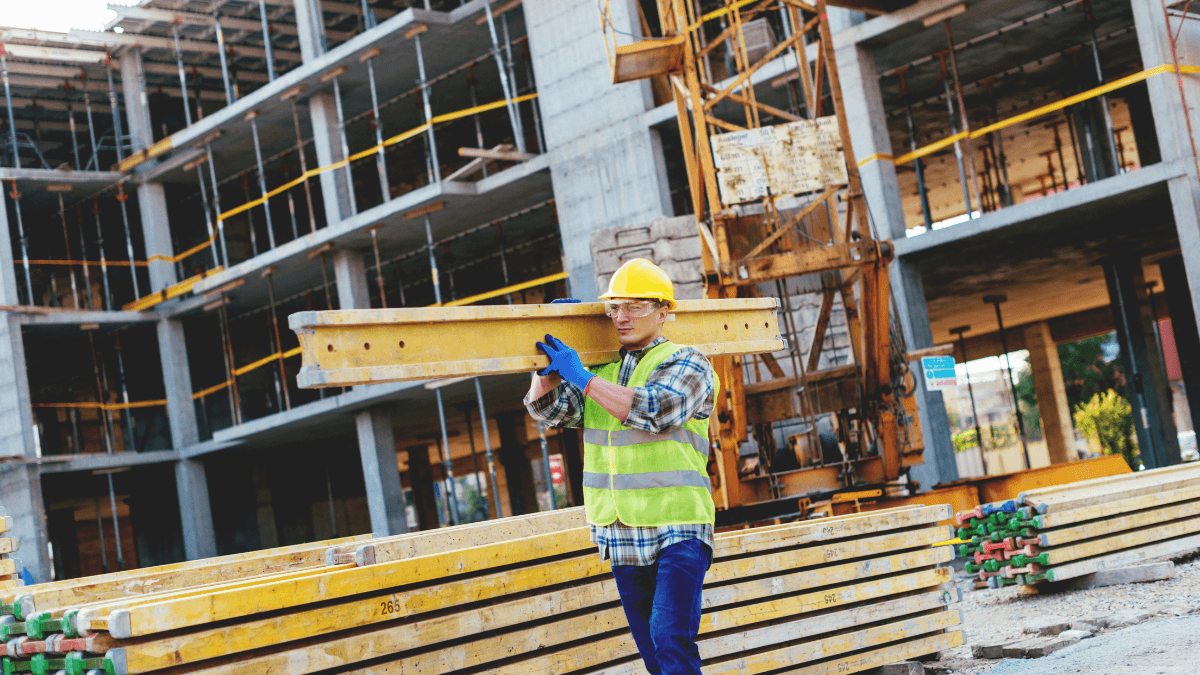Tool theft is a problem that many construction professionals know all too well.
It harms your budget, throws your projects off schedule, and causes stress.
In fact, research shows that, just in the UK, 78% of tradespeople have experienced having their tools stolen.
But which tools are stolen the most frequently, how does tool theft affect your business, and what can you do to protect your tools from thieves?
In this article, we’re answering all of those questions and more.
In this article...
Which Tools Get Stolen the Most?
When it comes to construction site theft, tools are often the target—they’re smaller and lighter than heavy equipment, which makes them easier for thieves to pocket, transport, and later resell.
However, some tools get stolen more frequently than others, research shows.
The Tradespeoople Against Tool Theft white paper reports that, in the UK, power tools were the number one most frequently stolen construction tool type (32.80%), followed by hand tools (22.79%), power tool accessories (19.93%), and various other types of equipment.

Not only are power tools the most common target of tool thieves, but also “the category of stolen tools with the highest property value across 2020 and 2021”, according to the Metropolitan Police.
But why are precisely power tools stolen so frequently?
Stefano Lobban, director at Herts Tool Company, explains:
It’s not surprising to see that high-price items such as powered hand tools are still the most sought-after by thieves. Amid the ongoing cost of living crisis, the trade for secondhand (and potentially stolen) tools is booming, tempting more people into stealing tools.
Regardless of the value of your tools, the fact of the matter is that they can quickly become the target of tool thieves if you don’t take the necessary precautions.
But to be able to do that, we need to see why tool theft happens in the first place.
Why Does Tool Theft Happen?
Tool theft can happen for various reasons, but we will boil it down to 2 of the most prominent ones.
Firstly, construction tools are in high demand.
In 2021, the US power tools market size was estimated at $6.82 billion. In 2022, it accounted for a market share of 86.01%.

And while the numbers above do not reflect the demand for manually operated hand tools, research conducted by Allied Market Research tells us that the hand tools market is also projected to grow in the coming years:

This surge in demand, however, also leads to prices of construction tools becoming higher.
For construction industry professionals, this means two things:
- You can expect to have to pay more for any future tool purchases.
- You need to take proper precautions and protect your existing tools from getting stolen, as the growing demand makes them more attractive to tool thieves.
If an opportunity presents itself, thieves won’t hesitate to steal thousands of dollars worth of construction tools and resell them on various online marketplaces.
This brings us to the second reason why tool theft is such a common occurrence in the construction industry: a lack of extensive security measures.
Unfortunately, it is no longer enough to have your crew pack all the tools up and leave them in a locked van at the end of the day.
As it turns out, vehicles are a common target of tool thieves, explains Alison Traboulsi of Direct Line for Business:

That’s why it’s crucial to invest in van security measures such as deadlocks or slamlocks.
This will make it more difficult for thieves to get their hands on your tools if you choose to leave them in the van at the end of the work day.
However, keep in mind that tool theft doesn’t only happen overnight and in poorly lit areas.
You also need to ensure that your construction site is secured at all times, as tool theft can happen in broad daylight.
So, let’s see what steps you can take to decrease the vulnerability of your construction site and tools.
How Can Tool Theft Be Prevented?
When it comes to tool theft prevention, construction professionals tend to come up with a variety of creative approaches to deter thieves.
According to this Reddit user, spray painting or scoring the tools seems to do the trick.

After all, stealing tools marked with the owner’s initials doesn’t make much sense, as thieves won’t be able to sell something that’s obviously been stolen as ‘second-hand’.
And while marking the tools can minimize the odds of someone taking them—whether accidentally or on purpose—it, unfortunately, won’t do much in terms of their retrieval.
That is why it’s important for you to invest in technology that will both protect your assets from theft and make it easier for you to get them back in the event theft does happen.
If you’re looking to keep an eye on your construction site and deter criminals, investing in motion-sensing cameras might be a good idea.

Motion sensing cameras, such as the SPY 180 NX Security Camera in the image above, have sensor lights that are activated when motion is detected at night.
Strategically placing these cameras on your job site is a great tactic for deterring thieves.
But in the event that they do make an attempt, you can hire a 3rd party security company that will monitor the cameras and contact you or the emergency services if needed.
And if you combine these cameras with an alarm system, you’ll be adding another layer of protection—not just for your tools, but for your entire construction site.
Now, if you’re looking for an easy way to keep track of tools on an individual level, you might want to look into tagging your tools, which we will discuss next.
How Does Tool Tracking Prevent Theft?
Keeping track of the tools you own is construction management 101—after all, tools are one of the key resources that no construction job can be completed without.
But this task, although important, can become overwhelming if you’re trying to manually keep track of every single tool you own.
If this is the case, you might want to consider investing in tool management software.
Tool management software will provide you with access to real-time information about the status and location of your tools.

Simply put: you’ll always know exactly how many tools you have and where they are.
But tool tracking doesn’t only help you with day-to-day operations—it also helps prevent theft.
We’ll explain how it works on the example of GoCodes, our own tool tracking and management software.
All you’re going to need is our cloud-based software, in-app scanner, and durable asset tags that come in multiple different sizes and materials, depending on your needs.
Each asset tag is going to contain a QR code unique to the tool that it’s attached to.
Here’s what such a tag looks like in action:

Whether they need to check the tool out to start using it or check it back in once they’re done, all your employees need to do is scan the QR code using their smartphones.
This will automatically update the status and location of the tool, so in the event it goes missing or gets stolen, you’ll know its last location, thereby increasing your odds of retrieving it.
But even on their own, GoCodes asset tags are a powerful tool for deterring thieves.
As we mentioned, they’re durable and customizable, which means they aren’t easy to take off, and the thieves won’t be able to resell the tools because your company name and logo are on the tag.
All in all, there are countless benefits that come with tool tracking, so it is definitely something worth considering.
How Does Tool Theft Affect My Construction Business?
Given that tools are the bread and butter of every construction business, having to deal with tool theft is bound to affect you in several ways.
As a construction manager, you’re familiar with the importance of meticulous project planning if you want to complete the project within the agreed-upon timeframe.
And, whether you like it or not, you’ll often find yourself working on a tight schedule, which makes it that much more important to complete specific tasks exactly as planned.
But even the best plans are going to come crashing down if you return to the construction site in the morning and find that your tools got stolen overnight.
Not being able to do the scheduled work inevitably leads to project delays, but also financial losses, says Zoe Knight, Commercial Specialist at NFU Mutual.

But there appears to be another, less talked about consequence of experiencing tool theft: it can have a negative effect on the mental health of construction professionals.
Tradespeople surveyed for the 2022 edition of the Tradespeoople Against Tool Theft white paper expressed that experiencing tool theft strongly affected their mental health.

As you can see, the effects of tool theft are negative all around: they can affect both your ability to finish projects on time and the mental well-being of your crew.
This makes it extremely important for you to take as many precautions as possible to prevent theft from happening.
Is Tool Insurance Necessary?
While having tool insurance can’t stop thieves, it can be a lifesaver in the event that theft does happen.
You may be thinking, “If we all take the proper steps to keep the tools safe, surely there’s no need to be paying an insurance policy every month, on top of our other expenses.”
And while security measures can go a long way in protecting your tools from theft, this is one of those things where it’s probably better to be safe than sorry.
Think about it—if thieves decide to target your job site or your vehicle, they won’t go through the hassle just to take one power drill and a hammer.
They’re probably there to take it all.
And even though tools are less costly than heavy equipment, you’re bound to feel the financial burden of having to replace all of them at once.
Let’s take a look at what research conducted by Direct Line for Business has shown:

That is a lot of tools and a lot of money lost in the blink of an eye.
And if you want to continue your operations as soon as possible, you’ll have no choice but to spend hundreds or even thousands of dollars to replace them.
But having to do that is less painful when you know that you’ve insured your tools and that the insurance company will pay you out once your claim has been processed.
So, what’s the verdict?
We say that investing in tool insurance is worth it.
It can cost your construction company as little as $14 a month, but it can save you the headache (and a lot of money) in the event of tool theft.
What Should I Do if My Tools Get Stolen?
Implementing measures to protect your tools and still having them stolen is something you probably don’t want to think about.
However, it’s important for you to know exactly what steps you need to take in the worst-case scenario, so that you can increase your odds of successfully retrieving the missing tools.
Yes, having your tools stolen is a huge inconvenience, but it’s also a crime.
So, your first step is to get in touch with your local police department and report the theft.
And if you’re wondering if it’s even worth the hassle, given that the percentage of recovered tools is generally low, the answer is—yes.
Stories like the one below show that tools can and do get recovered, but making the effort to report the crime is crucial.

In this case, a combination of construction site security measures and filing a police report led to the tool thief getting caught.
Given the fact that the perpetrator from this story did what most tool thieves do—tried to sell the stolen tools—your next step should be to monitor online marketplaces like Facebook Marketplace or OfferUp in case your tools show up as “for sale”.

If they do, and provided that you’ve filed a report, the police should be able to help you track the thief down and recover your property.
This is when having asset tags containing your company information comes in very handy, as it makes it possible for the authorities to link the stolen tools back to you.
Having your tools stolen is a huge inconvenience, so make sure you’re proactive about security measures and reporting the crime, as that is the only way to increase your chances of getting them back.
Conclusion
Tool theft is a serious problem in the construction industry, and staying informed is the first step in protecting your construction business against it.
In this article, we provided answers to commonly asked questions about tool theft to help make the process of tool theft prevention at your company easier.
We hope that you can implement the knowledge we shared into your day-to-day operations and keep your business thriving.





